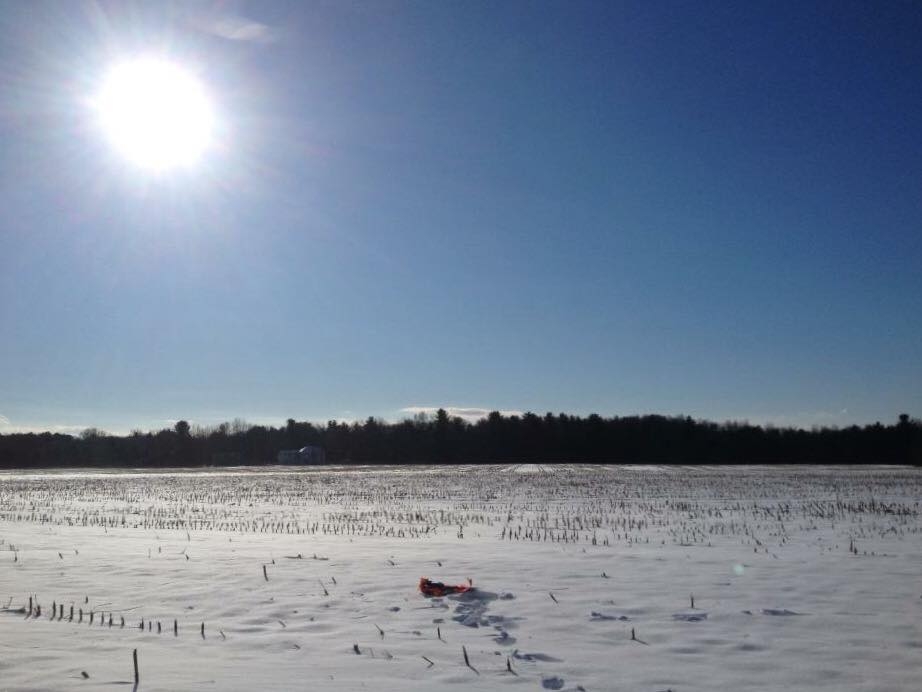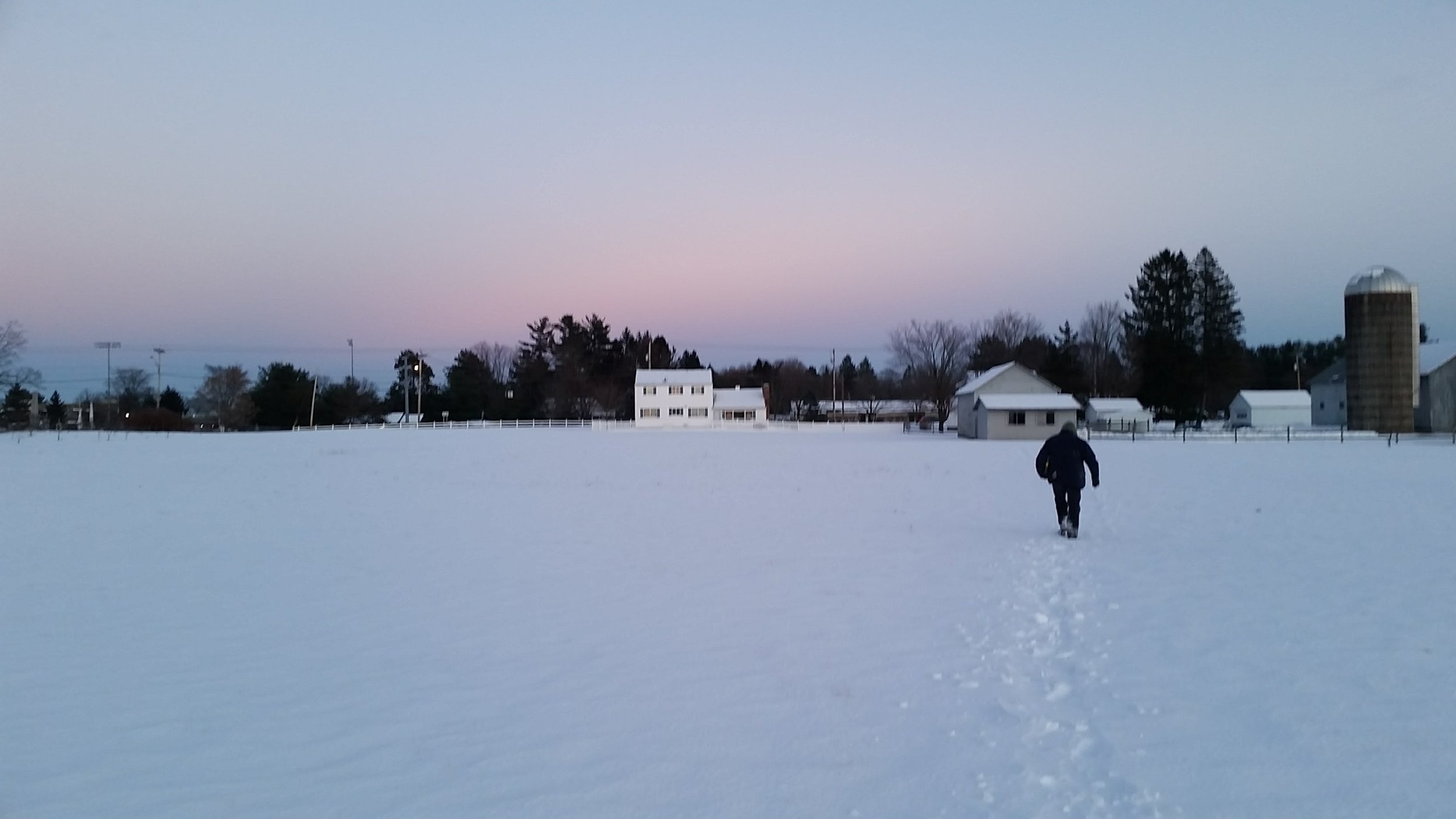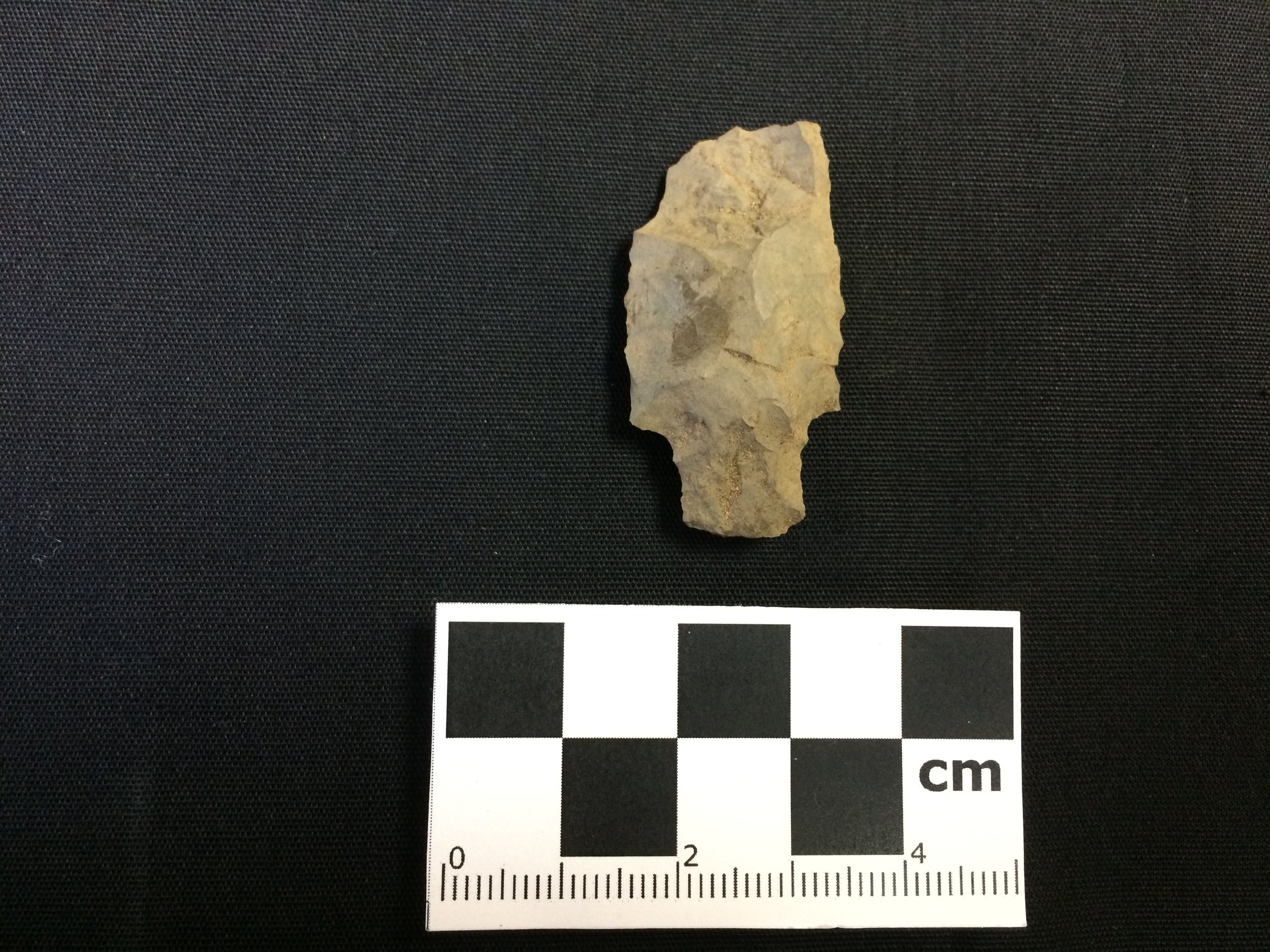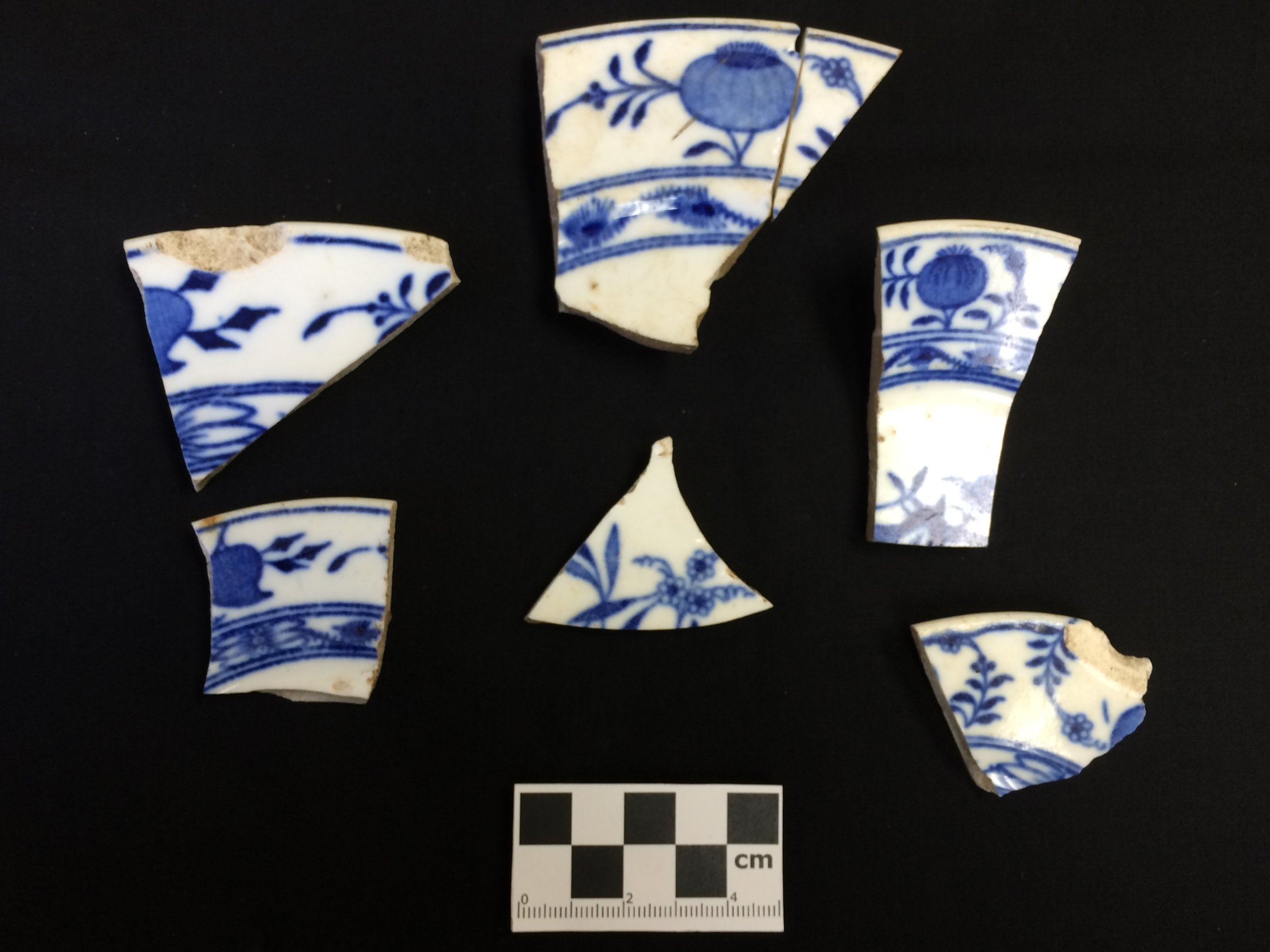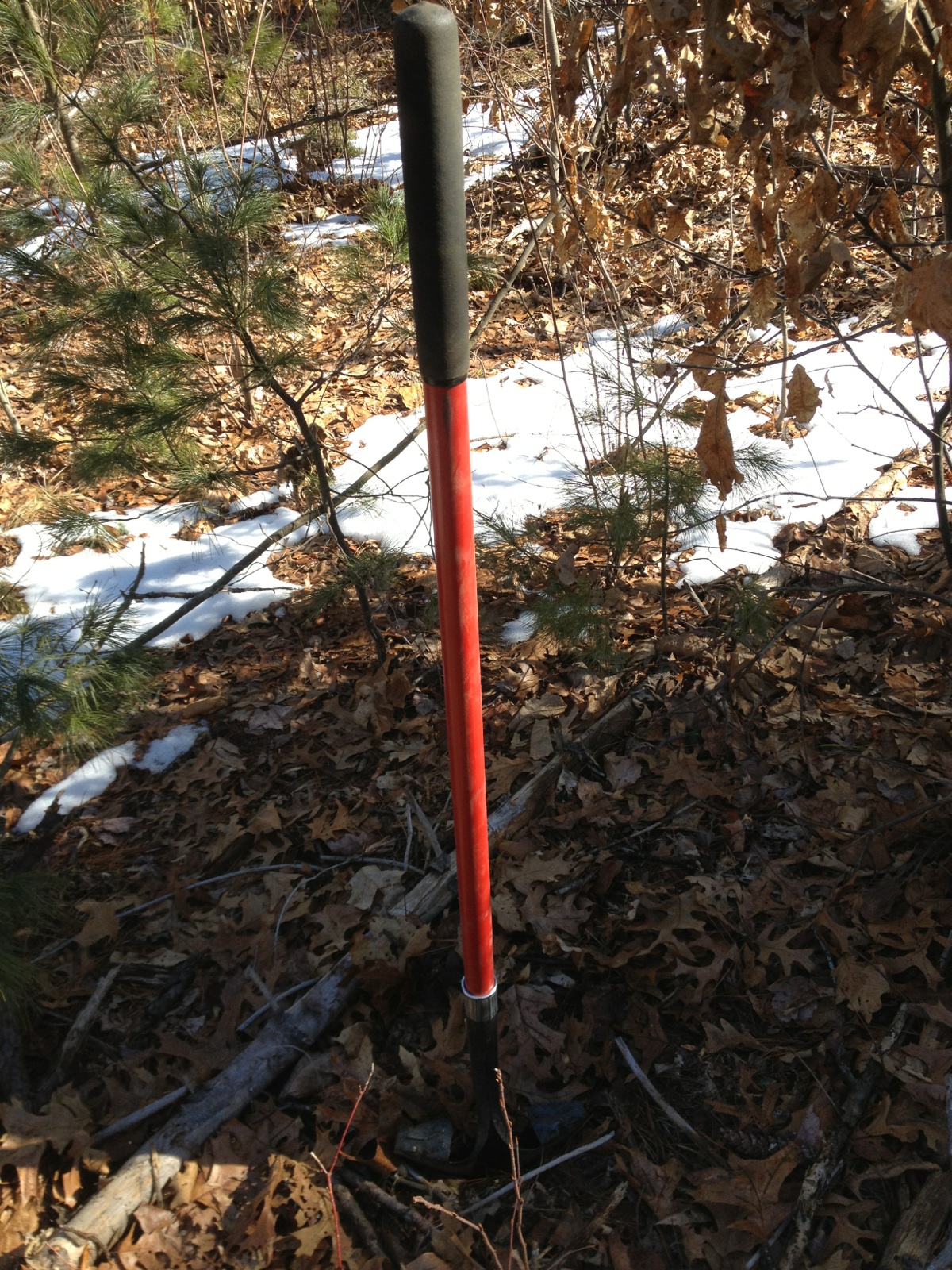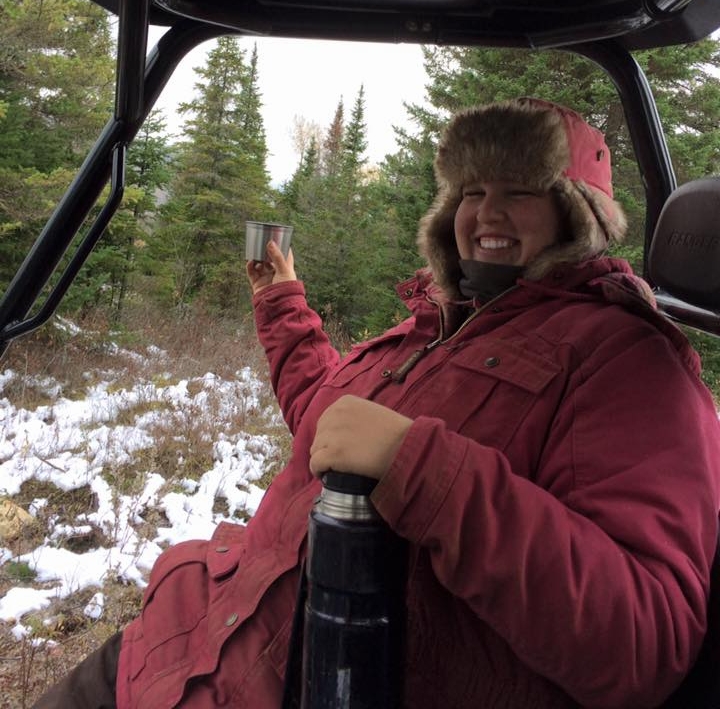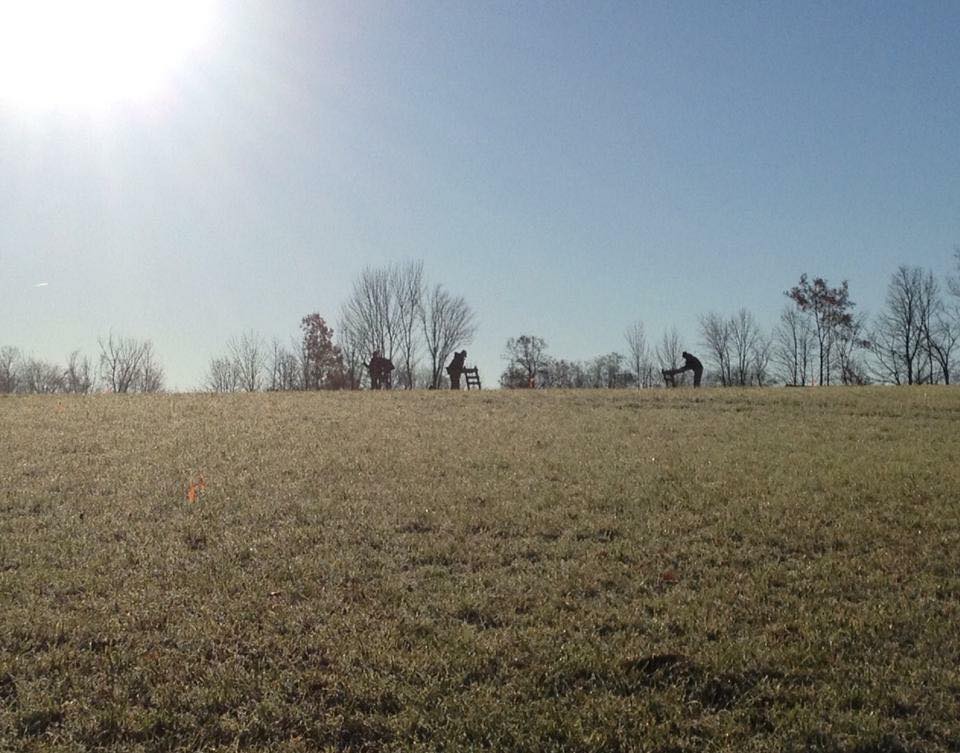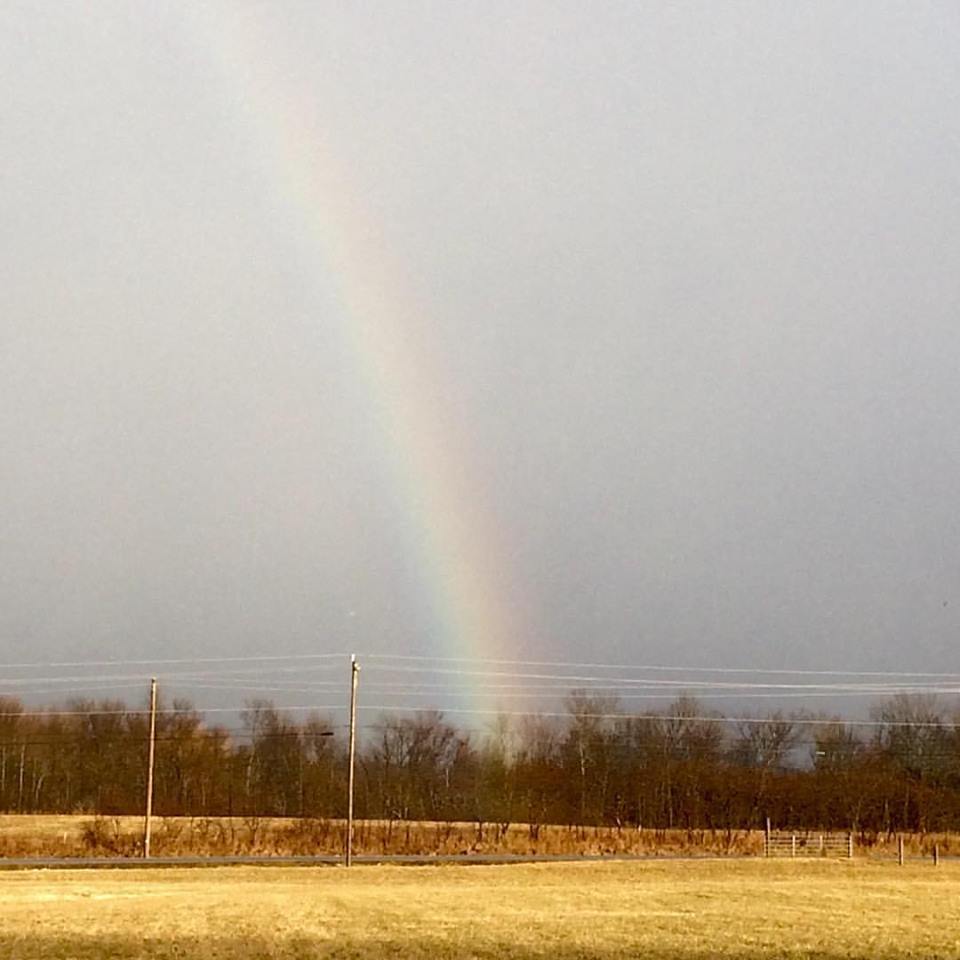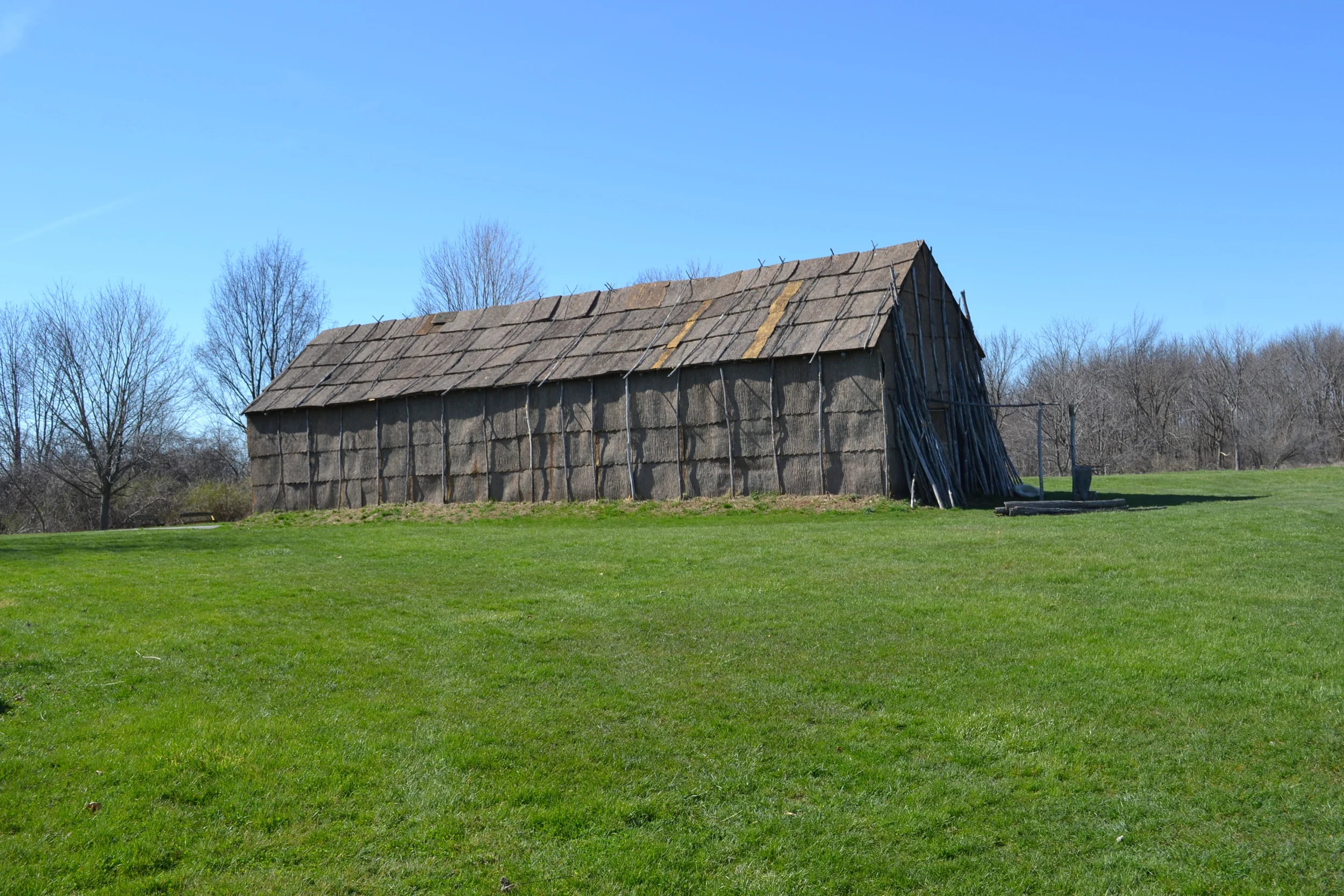On Earth Day in 2017, The March for Science was held by scientists across the country. I mentioned this in comments I made that very morning at the beginning of my presentation to the annual meeting of the New York State Archaeological Association in Lake George. My colleagues who were in the streets exercising their rights to freedom of speech and assembly had my sincere admiration, and I looked at several branches of science in my preamble because of the spirit of the day. Quite by coincidence, my paper was on the effects that ancient climate change had on archaic American Indian societies in our wonderful corner of the world located between the Atlantic Ocean and Lakes Champlain, Erie, and Ontario. Much of my emphasis was on sea-level and lake-level rise that occurred as the world warmed following the Ice Age. These incursions across the shorelines happened fast at first but slowed down over thousands of years. Also quite by coincidence, 2017 was a bad year for the Lake Ontario and St. Lawrence River shorelines. A sudden rise in water level caused suffering for more than a few New Yorkers and people downstream in Canada. The high water actually forced a delicate international situation, since New York State controls outflows from Lake Ontario that were flooding Ontario and Quebec (CBC News 2017). It is debatable whether the 2017 event is part of normal fluctuation also seen in the 1970s and 1990s, or part of a new normal; that is, a notable event in the current global warming trend.
When Earth Day started on April 22, 1970, global warming wasn’t on many people’s radar, and the penchant to “pave paradise and put up a parking lot” was one of the great, iconic symbols of the threat to the fragile relationship between the human and natural worlds. In the present-day, the only people who aren’t at least somewhat concerned about global warming actually deny that is happening (and seem odd in comparison). And there are those who, while acknowledging that global warming is occurring, nonetheless deny that intensively burning fossil fuels for the last 150 years is having an effect on it. The long view I take of the past puts the current situation into perspective for me, and I am convinced that burning fossil fuels is causal, and in fact, may have quickly brought the world out of a long-term cooling trend. Moreover, although there have been warming trends in the past, such as the Medieval Warm Period from about AD 800-1300, our human ecosystem may not be as resilient as it was during past periods (including the Medieval Warm Period).
I want to make three points for consideration of global warming on Earth Day that I glean from the study of archaeology. The first is that although climate history since the end of the Ice Age has included both warm and cold periods, something different is happening now. Since about 10,000 years ago the general trend has been global cooling, sometimes interrupted by warming. For the last 3,000 years, the climate mainly has been cooling. There is a variety of scientific evidence for this, from variation in pollen that indicates what kinds of trees and other plants were prevalent at different times, to variation in the growth patterns of tree rings, to changes in the accumulation of glacial ice, to changes in the chemical composition of samples recovered from a variety of ancient sources. When I mentioned fossil fuel burning changing the larger cold trend, I meant specifically that the most recent prolonged cold snap, known as the Little Ice Age chilled the planet for more than 500 years before being replaced by the beginning of the current warm period about 1860. This climate reversal closely followed a virtual explosion of wide-spread deforestation, charcoal production, and coal-burning that was used to fuel the Industrial Revolution, and iron and steel manufacturing in particular. The forests you see now across upstate New York were cut down back then, and much of the wood was used to produce charcoal for the expanding iron industry. Archaeologists working in the now-regrown woods sometimes find the low, flat-topped mounds of charcoal and earth where the charcoal was manufactured. During the 19th century, coal superseded charcoal. And then we began burning petroleum for fuel. The amount of carbon that has been entering the atmosphere (and oceans) in recent decades is rarely paralleled in earth history (going back hundreds of millions of years). The geological record reveals that these rare surges in atmospheric and oceanic carbon have been associated with mass extinctions (The Sixth Extinction by Elizabeth Kolbert summarizes this quite well).
The second point I want to make is that archaeology provides insights into what people did during previous periods of global warming, such as the Medieval Warm Period, which preceded the Little Ice Age. Although in Europe the Medieval Warm Period is associated with agricultural abundance and all the good that can bring, in many parts of the world, including much of North America, the Medieval Warm Period brought extensive and prolonged drought. This famously affected the Pueblo societies of the American Southwest, and the argument has been made that the great Mississippi Valley society centered at the ancient city of Cahokia was affected severely enough to lead to political instability, collapse, and abandonment. Even in the usually well-watered Hudson Valley region, increased deforestation appears to have occurred during the Medieval Warm Period, and is correlated with decreased rainfall. Deforestation may have increased due to the intensity of lightning-set forest fires occurring in unusually dry conditions. Another perspective on this is that using a diversification strategy for food resources, native people may have started to include uplands more often in agriculture and other subsistence practices, clearing land more broadly, and thus contributing to charcoal accumulations in downstream areas. Whichever the cause of increased forest burning (which is inferred from alluvial charcoal deposits), evidence of increasing salinity in the lower Hudson appears to be the hallmark of decreased water flow from upstream. This provides a good basis to infer increased drought while increased forest burning also was going on during the Medieval Warm Period (Pederson et al 2005). The increasing intensity of storms and associated flooding during this period created another dimension of environmental instability. There is a growing literature on this subject that I tapped into and cited in an article on a ca. 1200-1300 AD archaeological site in Coxsackie, New York (Curtin 2011). My opinion has been that people spread out and diversified to cope with environments that were becoming unpredictable or unreliable for floodplain agriculture.
The third point I want to make is one that Brian Fagan has made in his lively and very informative book about the Medieval Warm Period, The Great Warming. Fagan, by the way, has joined the majority of scientists who have weighed in on the current global warming trend. Like many others, he expressed that the current episode is caused by fossil fuel consumption. His long-range, retrospective archaeological view informs this position. His big point is that the world has changed greatly since AD 1300, and the human-environmental system is now too fragile for people to successfully respond as they have in the past. Foremost among the changes since the Medieval Warm Period are the immense growth of human populations, and the many social and technological changes people have undergone. The ways that people could respond to the adverse effects of global warming 800 years ago are much less possible now. For example, societal responses to the droughts of the Medieval Warm Period in part of the American Southwest included becoming smaller (i.e., fissioning into smaller communities), more mobile, and more innovative in the sense of bringing hunted and gathered foods more into the food economy (Nelson et al 2006). My sense is that this happened in the Hudson Valley as well after agricultural communities began to form during the initial warming. The small, mobile, diverse strategy was possible in these areas because there were large, comparatively unoccupied territories where human subsistence had not greatly pressured needed natural resources. People could move into these kinds of places then. This kind of response is much less possible in today’s world and virtually unimaginable in the United States, where all land is owned either by private owners or government agencies that have land management policies, and often have contracts with mining, timber, and ranching corporations that would conflict with waves of squatters and homesteaders trying to live off the land (Sorry, I have inserted this image into my summary of Fagan in a quick but true nod to post-apocalyptic speculation). Fagan make several essential points: (1) the human world is much larger and more complex than the last time it experienced global warming; (2) its interconnections are much longer, more dense, and more fragile; and (3) the propensity for global warming to spread drought means that water shortage, migration to better-watered areas, and conflict over freshwater resources loom large in the impending crisis. And while I say impending, this set of problems is already a crisis, depending on where you are.
Rising sea-level will present another set of challenges, which have precedents in the ancient past, but which will be a big problem in the present’s more fragile setting, and may be exacerbated by societal divisions that did not exist in the deep past. For example, who will welcome coastal populations moving inland, say from the New York metro area to Poughkeepsie, Catskill, Albany, or Cambridge (Nearing 2017)? At what cost will New York City be protected by technology that may require a perimeter of sea-walls?
Now as we recognize Earth Day, the challenges of global warming are very much in our awareness. As we think about this, we should be informed that cycles of warming and cooling in the past posed their particular challenges, but there is no good analogy to the present situation. The fact that earlier warm periods existed in no way normalizes what we are experiencing, or will continue to experience as global warming increases.
References Cited
Curtin, Edward V.
2011 A Small Site in Coxsackie, Circa A.D. 1200: Some Ecological Issues Concerning Its Age and Location. In Current Research in New York State Archaeology: A.D. 700-1300, edited by Christina B. Rieth and John P. Hart. Pp. 53-76. New York State Museum Record.
Fagan, Brian
2008 The Great Warming: Climate Change and the Rise and Fall of Civilizations. Bloomsbury Press, New York.
Kolbert, Elizabeth
2014 The Sixth Extinction: An Unnatural History. Picador, New York.
Jardin, Laurene
2017 St. Lawrence River Could Rise if N.Y. Request to Lower Lake Ontario is Approved. CBC News, May 5, 2017.
Nearing, Brian
2017 Global Crisis May Hit Home. Albany Times Union, June 25, 2017.
Nelson, Margaret C., Michele Hegmon, Stephanie Kulow, and Karen G. Schollmeyer
2006 Archaeological and Ecological Perspectives on Reorganization: A Case Study from the Mimbres Region of the U. S. Southwest. American Antiquity 71:403-432.
Pederson, Dee Cabaniss, Dorothy M. Peteet, Dorothy Kurdyla, and Tom Guilderson
2005 Medieval Warming, Little Ice Age, and European Impact on the Environment during the Last Millennium in the Lower Hudson Valley, New York, USA. Quaternary Research 63(2):238-249.






